- Maison Puyvalin
- Wine, oenology and tasting
- 0 likes
- 3961 views
- 0 comments
The story begins with a grain
Ah, the wine! Before being that delicious drink in your glass, wine is first a grape. But not just any grape: this is the fruit of hard work, a unique terroir and sometimes capricious climatic conditions. Louis Pasteur said that "wine can be considered the healthiest and most hygienic drink of all." Behind this drink there is a whole science and history that deserves to be discovered.
Millennial origins
Wine has been with us since time immemorial. Archaeologists have found evidence of wine production dating back more than 6,000 years in Georgia. Imagine: our ancestors were already tasting wine while the pyramids of Egypt were still under construction.
Anecdote: During a trip to Georgia, I had the privilege of tasting a wine made according to ancient methods, in large buried jars called "qvevris". The winegrower, with whom I shared this moment, confided to me that each sip was "like a journey through the ages."
The range of wines: A palette of flavors
- Red wines: The tannins, present in the skin of black grapes, give them that characteristic color and sometimes robust structure. Depending on the regions and grape varieties, notes of red fruits, leather or even undergrowth may emerge.
Styles:
- Light and fruity like Beaujolais.
- Medium bodied like Chianti.
- Full-bodied and tannic, like Bordeaux. - White wines:
Without red or pink tones, they vary between yellow, golden, greenish or pale. Fresh and light, they sometimes evoke exotic fruits, citrus fruits or flowers. They are obtained from white grapes or from the juice of peeled red grapes.
Styles:
- Dry and lively like Sancerre or Chablis.
- Full body with a reddish character, like certain Californian wines.
- Semi-dry, like Liebfraumilch. - Rosé wines: They obtain their color from brief contact with the skin of the grapes. Contrary to a common myth, they are not "blends" of white and red.
- Sparkling wines: Their bubbles come from a second fermentation in the bottle. Champagne is the most famous, but other regions also produce high-quality sparkling wines.
- ? Other wines : Let's not forget the varieties such as yellow, orange, fortified wines, etc., each with its unique charms.
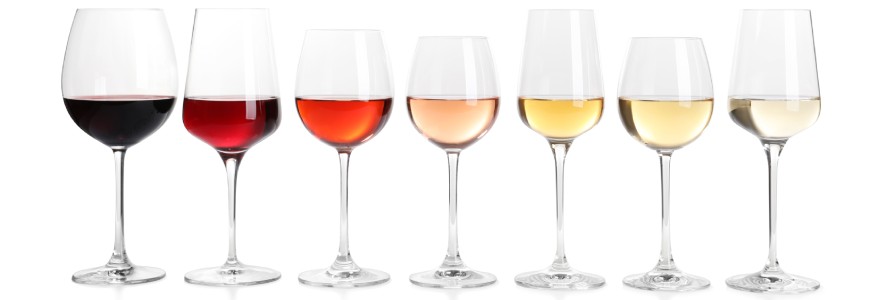
Exploring wine vocabulary: a world of terms to taste
Oenology, like any art, has its own lexicon. Becoming familiar with these terms is already taking a big step in understanding and appreciating wine.
- Terroir: A keyword that encompasses soil, climate, topography and even local culture. Determines the unique character of a wine.
- Variety: It is the variety of grape. Some, like Cabernet Sauvignon, are known worldwide, while others are local specialties.
- Vintage: The year of the harvest. A good vintage is usually the result of an ideal climatic year for the vine.
- Tannins: Compounds present mainly in red wines, they give structure to the wine. Over time, the tannins soften.
- Vinification: The set of stages to transform grapes into wine.
- Maceration: When the juice remains in contact with the grape skins, it gives it color and aroma.
- Fermentation: The process by which sugars are converted into alcohol thanks to the action of yeasts.
- Aging: Period during which the wine is preserved before being bottled. This can be in tanks, but often in barrels for certain wines.
- Sommelier: Wine expert, often employed in restaurants to advise customers.
- Bouquet: Set of aromas of a wine, which develop with age.
- Body: It is the "weight" or "density" of the wine in the mouth. A wine can be light, medium or full-bodied.
- Color: It is the color of the wine, observed by tilting the glass.
- DO (Denomination of Origin): Label that guarantees that the wine comes from a specific region and complies with strict production methods.
"A meal without wine is like a day without sun," said the gourmet Brillat-Savarin. With these terms in mind, each tasting will become an even more brilliant experience.
We are just beginning our wine adventure. The next stop? The tasting, where we will explore how your senses can help you appreciate each sip even more. So, glass in hand, let's toast to the discovery of the wonderful world of wine! ??
----
[Next article: "First steps in tasting: The 5 senses in action."]
Continue exploring with us and enriching your palette of knowledge and flavors. Health!

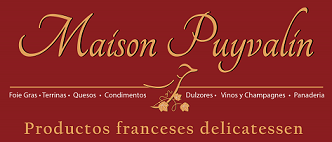
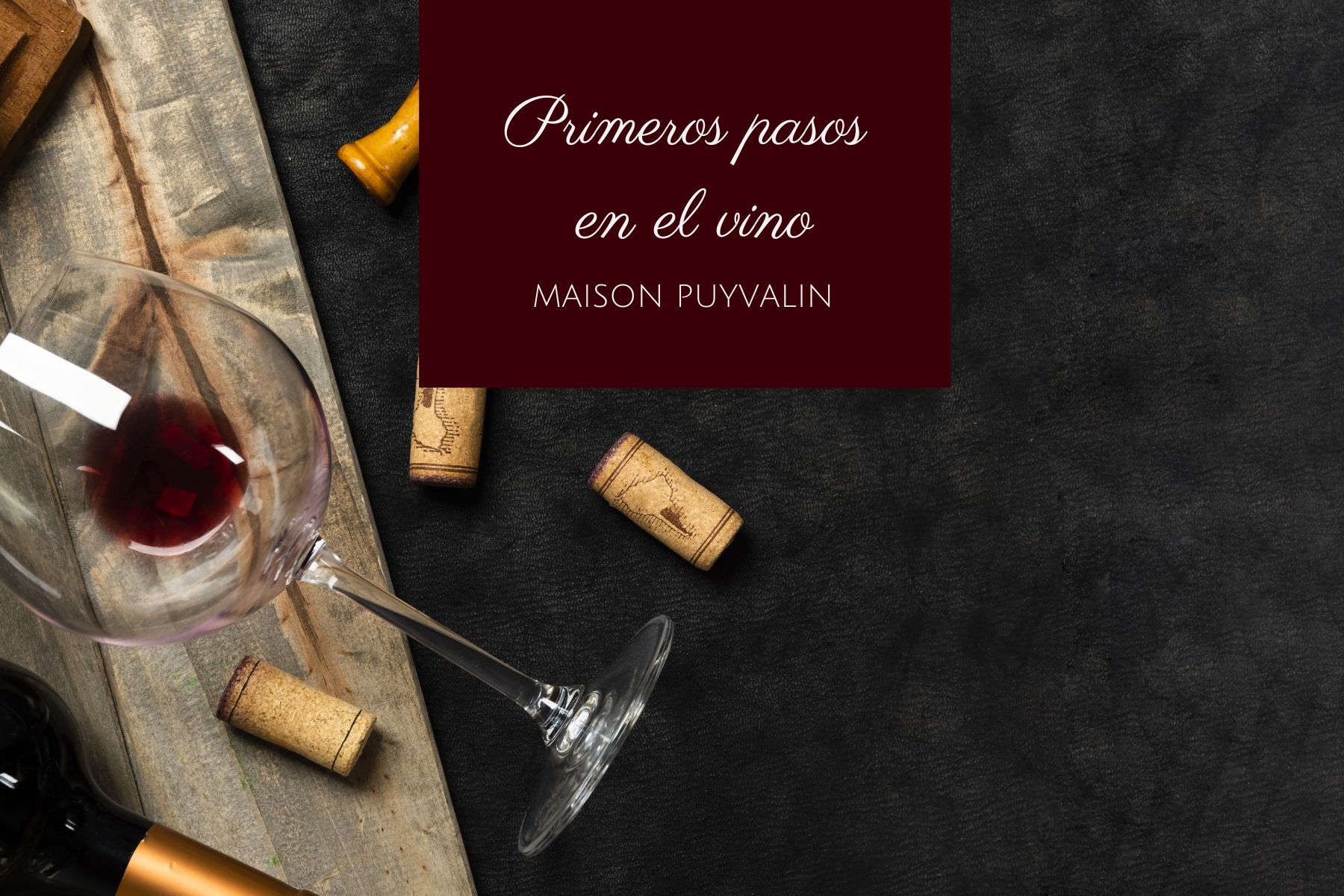
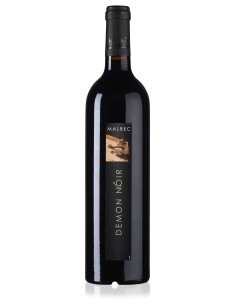

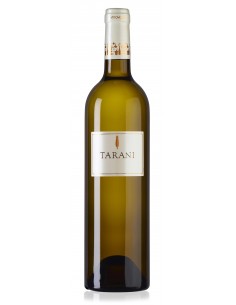
Comments (0)